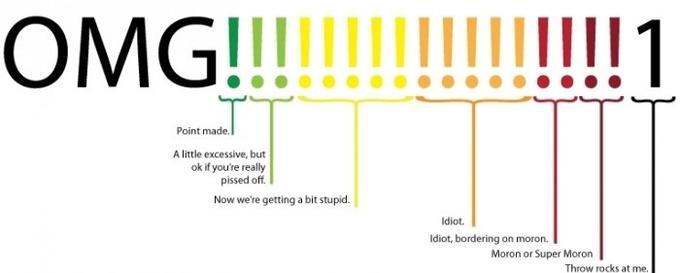Segmenting Your Donor Services
Every donor is worthy of respect. After all, not everyone gives of themselves to help others.
Every dollar given is a sacrifice. Even if given with not-wholly-pure motives like tax benefits or looking good to others, a dollar to charity is a dollar not spent on the hedonic or the temporary.
And yet, for charities, not all donors should be treated the same. This is a part of our charters to maximize the good we do. So how to honor everyone, but some more than others?
I suggest a congressional approach to donor services: waiting until the last possible moment to act, then doing someone that no one understands and everyone claims to hate.
Wait. Sorry – I mean a different type of congressional approach. That is, you have a baseline of donor services that everyone gets no matter their size (e.g., the two senators allotted to every state). Then you have additional donor services resources you deploy by the importance of the donor (e.g., the number of House members that range by state from Wyoming’s one to California’s 53).
Having a floor below which you will not go is vital. Once, upon taking took over a program, I found that donors $50+ got an acknowledgment on letterhead. Ten dollars to $49.99 got a receipt on copy paper. Under ten dollars got the cold shoulder.
I’m a fan of data-driven decisions, but acknowledgment is a matter of principle. Every mail donor should get a mail thank you on letterhead. That was the new policy about three minutes after I learned of the old one. Also, every donor should be able to choose their channels and frequencies of communication. (I advocate proactively asking these questions, but reacting serves as a bare minimum.)
Let’s say you have to justify this minimum of donor services. Worse, you have to justify it to someone with a spreadsheet and a heart whose very veins course with dollar signs. I would point them to this excellent case study from the ASPCA. (See? Here at The Agitator we still look at conference presentations from eight years ago!).
ASPCA focused on higher-value donors, cutting off smaller donors. Their mail results increased, but they discovered they were not getting as many bequests. They were excluding the 70+-year-old, $10 and under givers who were their best planned giving prospects. They made a conscious choice to reacquire these donors, sending them (only) the best house mailings and working to upgrade them to bequest giving.
These bequest donors are who was getting copy-paper receipts at best and no acknowledgment at worst. Treating all donors with a modicum of respect pays for itself over the long term.
But there’s a case for treating some donors better than others. If you have a request from a $10,000/yr donor and one from a $10/yr donor, you should get to the former before the latter. Your reply should also be different – higher-touch for a higher-level donor. Most organizations already do this.
That said, focusing on the monetary value of donations alone will ignore those bequest donors we talked about earlier. It will also ignore valuable donor segments like monthly donors that are often the source of unexpected major gifts or bequests (and, even if they aren’t, are still monthly donors – the best type of non-mid/major donors).
How do you unearth these? By asking about commitment to the organization. Commitment (or, if you must, intent to give again) plus transactional factors can afford a preview of what this donor’s lifetime value is likely to be. Yes, the person has passion who writes in all caps with more than the legal limit of exclamation points (maximum of one per sentence in non-text/instant messaging media, as established in the landmark Supreme Court case Oregon v XTREME LOLCATZ!!!!!). But you would rather spend your efforts to allay the concerns or quickly fix the spelling of the name of the person who has passion for your organization.

A handy guide to exclamation point use.
These types of business rules can help you triage your donor services requests when swamped. They can also tell you where to invest your new donor services initiatives. Want to try having volunteers call donors immediately after a gift? Try this not only with the well-heeled, but those who would support you to hell and back.
After all, the only reason these donors are called “hidden gems” is that we hide them.
Nick


